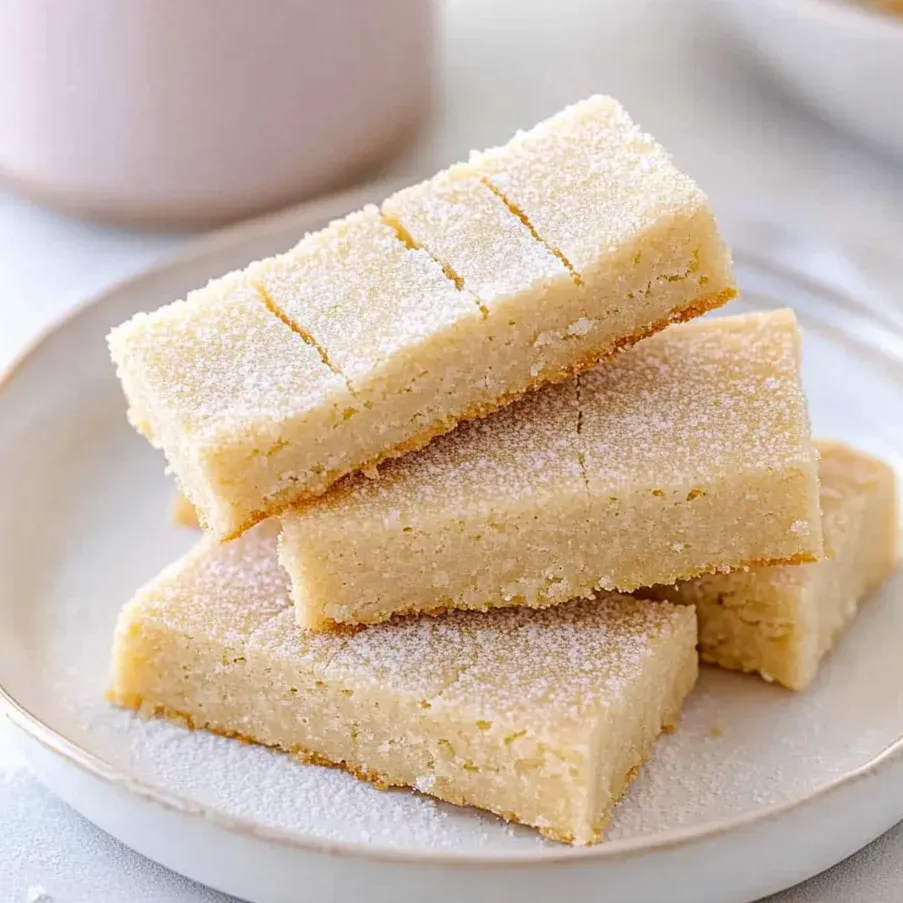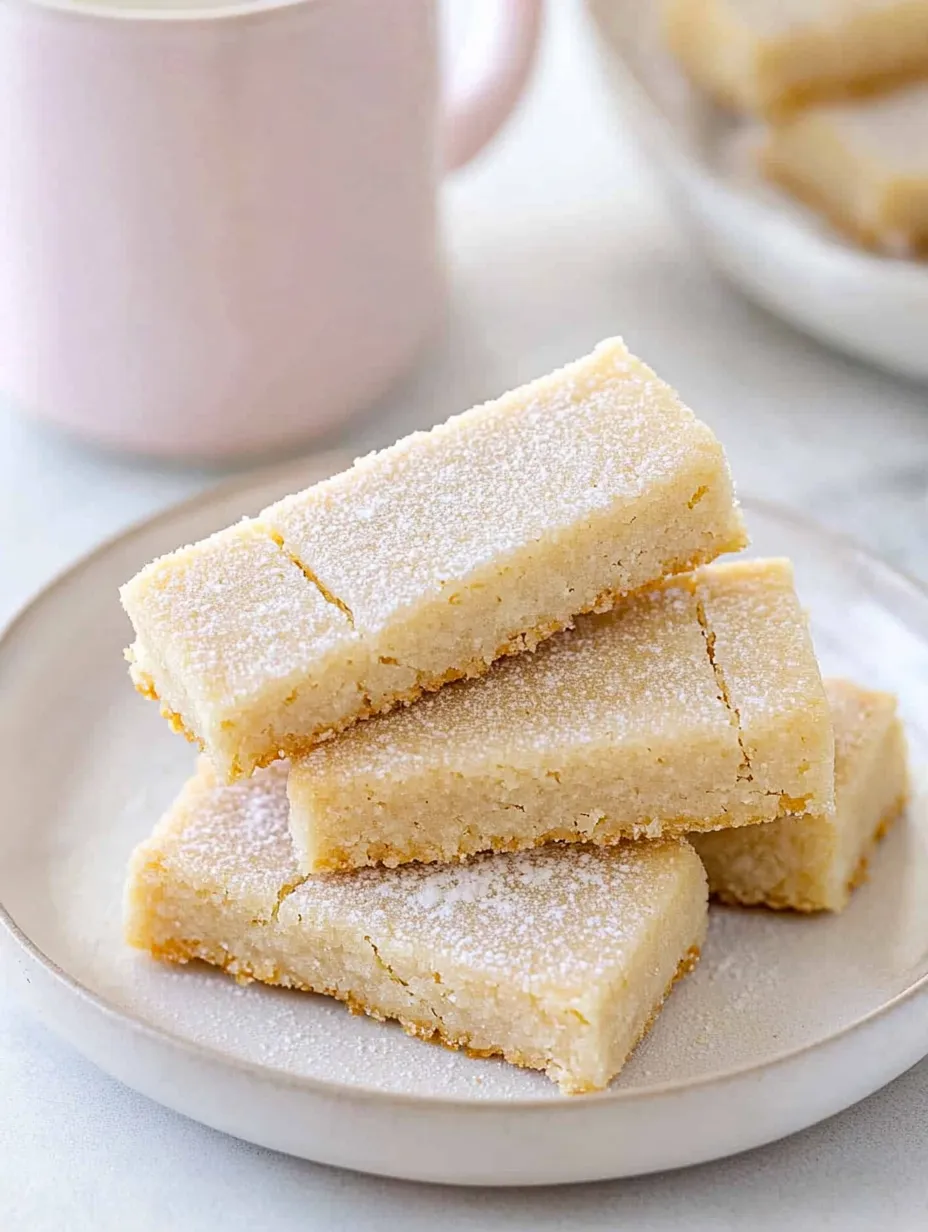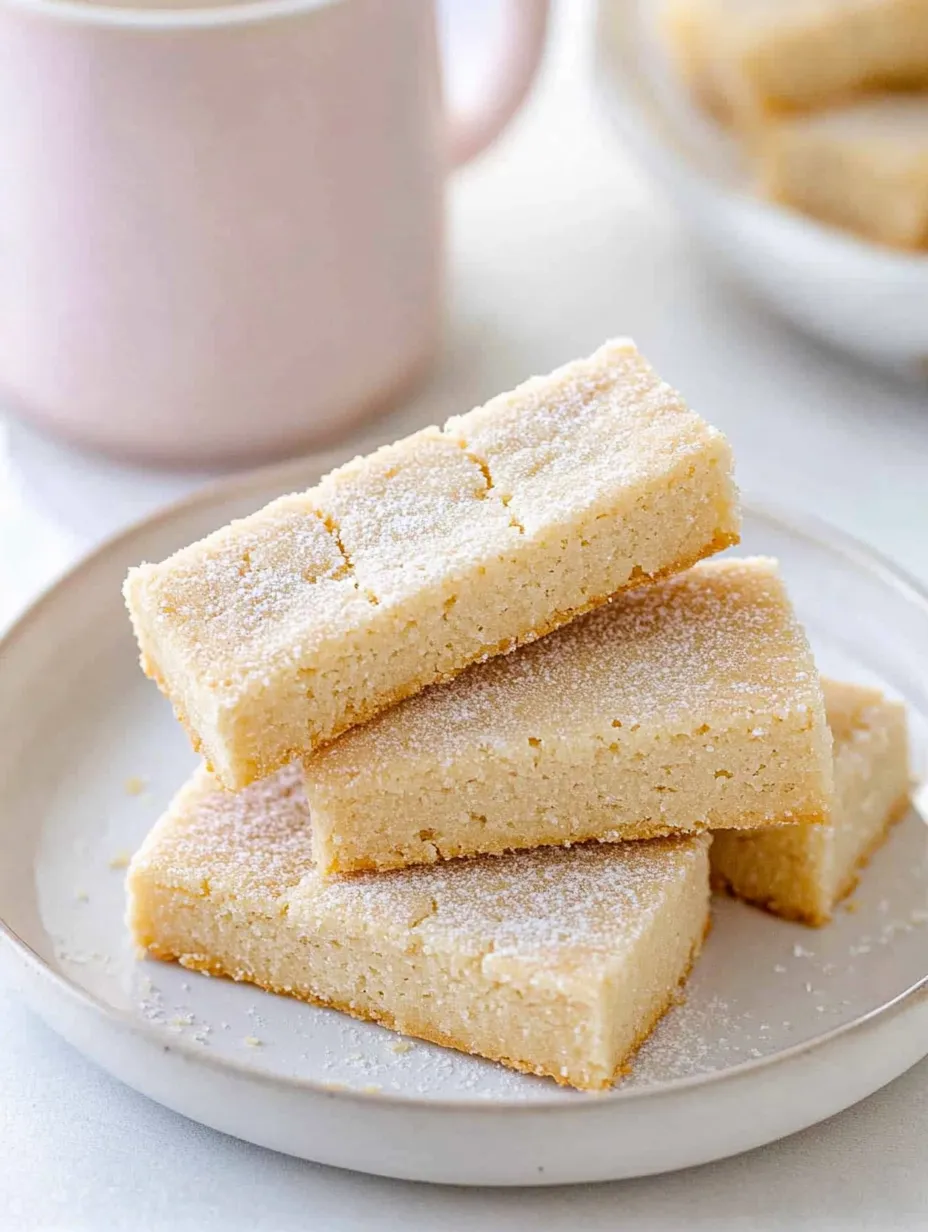 Pin it
Pin it
Creole Comfort: New Orleans Baked Mac and Cheese. This New Orleans Baked Mac and Cheese offers a delightful twist on the classic comfort food, using spaghetti noodles for a unique texture and a rich, homemade cheese sauce that’s bursting with flavor. Topped with extra cheese and baked until golden and bubbly, it’s a dish that’s sure to impress at gatherings or elevate a simple weeknight dinner.
The first time I made this, I was amazed at how well the spaghetti held onto the rich cheese sauce. The combination of flavors and textures was a hit with everyone, and it’s now a go-to recipe for special occasions.
Essential Ingredients
- Spaghetti Noodles: Provides a unique texture and holds onto the cheese sauce beautifully. Cook them al dente to prevent mushiness.
- Unsalted Butter: Forms the base of the roux, adding richness and depth to the cheese sauce. Use a good quality butter for the best flavor.
- All-Purpose Flour: Thickens the cheese sauce, creating a smooth, creamy texture. Ensure it’s whisked thoroughly into the melted butter.
- Kosher Salt, Black Pepper, Cayenne Pepper, and Garlic Powder: These seasonings add depth and complexity to the cheese sauce. Adjust the cayenne pepper for desired spice level.
- Half-and-Half and Heavy Cream: These create a rich, creamy base for the cheese sauce. Using both ensures the perfect consistency.
- Shredded Sharp Cheddar Cheese: Provides a bold, tangy flavor that cuts through the richness of the sauce. Use a good quality, aged cheddar.
- Shredded Mozzarella Cheese: Adds a gooey, melty texture and a mild flavor that complements the cheddar.
 Pin it
Pin it
Creating the New Orleans Baked Mac and Cheese
- Pasta and Oven Preparation:
- Preheat your oven to 400°F (204°C). Cook the spaghetti noodles al dente according to the package directions. Drain the pasta and set it aside.
- Roux Creation:
- In a large saucepan, melt the unsalted butter over medium heat. Add the all-purpose flour and whisk continuously for about 30 seconds, creating a smooth roux. Add the kosher salt, black pepper, cayenne pepper, and garlic powder, whisking to combine.
- Cream Sauce Formation:
- Slowly pour in the half-and-half and heavy cream, whisking constantly to prevent lumps. Bring the mixture to a gentle boil, then reduce the heat and simmer until the sauce thickens slightly.
- Cheese Incorporation:
- Reduce the heat to low and add 2 cups of shredded sharp cheddar cheese and 1 cup of shredded mozzarella cheese. Stir until the cheeses are fully melted and the sauce is smooth and creamy. Remove the saucepan from the heat.
- Mac and Cheese Assembly:
- Add the remaining 1 cup of shredded sharp cheddar cheese and 1 cup of shredded mozzarella cheese to the cooked spaghetti noodles. Toss gently to combine. Pour the cheese sauce over the spaghetti and mix thoroughly. Transfer the mixture to a 9x13 inch baking dish.
- Baking Stage:
- Top the mac and cheese with the remaining shredded cheddar and mozzarella cheese. Bake for 25-30 minutes, or until the top is golden brown and bubbly.
- Resting and Serving:
- Allow the mac and cheese to rest for 5 minutes before serving. This allows the sauce to thicken slightly and the flavors to meld.
My family loves adding cooked andouille sausage or crawfish to this dish for an extra New Orleans flair. We also sometimes increase the cayenne pepper or add hot sauce for a spicier kick.
Variations
Use different cheeses like fontina, Gruyère, or pepper jack for unique flavor profiles. Add cooked andouille sausage, crawfish, or crabmeat for a New Orleans twist. Increase the cayenne pepper or add hot sauce for a spicier dish.
Make-Ahead and Storage
You can assemble the mac and cheese up to 24 hours before baking and refrigerate it. For longer storage, freeze it for up to 3 months. Reheat it with a splash of milk or cream to restore its creamy texture.
Perfect Pairings
Serve this mac and cheese with red beans and rice, fried chicken, gumbo, or a fresh green salad for a complete meal.
 Pin it
Pin it
Frequently Asked Questions
Using spaghetti creates a unique texture that’s different from traditional macaroni and cheese. Experiment with different cheeses to create your own unique flavor profiles. Add more cayenne pepper or hot sauce for a spicier dish. You can assemble and refrigerate or freeze the mac and cheese ahead of time. Pair this dish with Creole or Southern dishes for a truly authentic meal.
This New Orleans Baked Mac and Cheese is a delightful and flavorful dish that brings a taste of the South to your kitchen. Its unique texture and rich, creamy sauce make it a perfect addition to any meal.
Frequently Asked Questions
- → Why is the butter temperature so specific in this recipe?
- The 65-67°F temperature for the butter is crucial for proper texture. If the butter is too cold, it won't incorporate air properly when creamed with sugar. If it's too warm, it won't hold that air, resulting in dense shortbread. This specific temperature range allows for optimal aeration while maintaining enough structure for the characteristic shortbread texture.
- → Can I use American butter instead of European-style butter?
- Yes, you can use regular American butter, but the results won't be quite the same. European-style butter (like Kerrygold) has a higher fat content (82-83% versus 80% in American butter) and less water, which creates a richer flavor and better texture. If using American butter, consider reducing the flour by 1-2 tablespoons to account for the difference.
- → Why do I need to chill the dough before baking?
- Chilling the dough is essential for several reasons: it allows the flour to fully hydrate, lets the butter solidify which prevents spreading during baking, and helps develop that characteristic sandy, crisp-yet-tender shortbread texture. Skipping this step will result in shortbread that spreads too much and lacks the proper texture.
- → Can I add other flavors to this shortbread recipe?
- While the classic version is beloved for its pure buttery flavor, you can certainly add variations. Try adding 1-2 teaspoons of lemon zest, 1/2 teaspoon of almond extract (reduce vanilla accordingly), or 1 tablespoon of culinary lavender. For a chocolate version, replace 1/4 cup of the flour with cocoa powder. Just remember that the show version was famously simple!
- → Why cut the shortbread while it's still warm?
- Cutting while the shortbread is still warm (but not hot) ensures clean cuts before the butter resolidifies completely. If you wait until it's fully cooled, the shortbread becomes more brittle and may crack when cutting. The 5-minute cooling period is the perfect balance - firm enough to hold its shape but still soft enough to cut cleanly.
